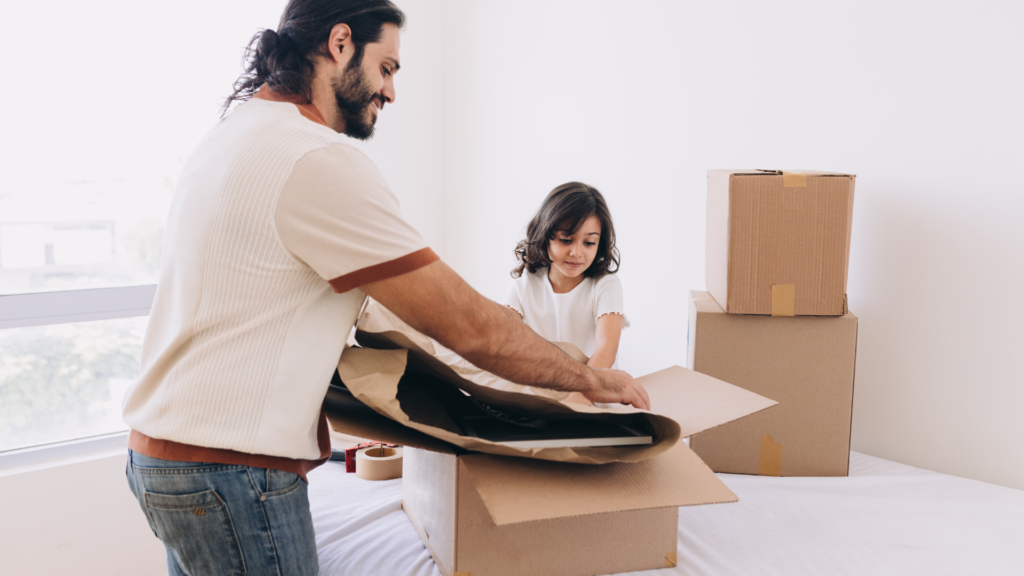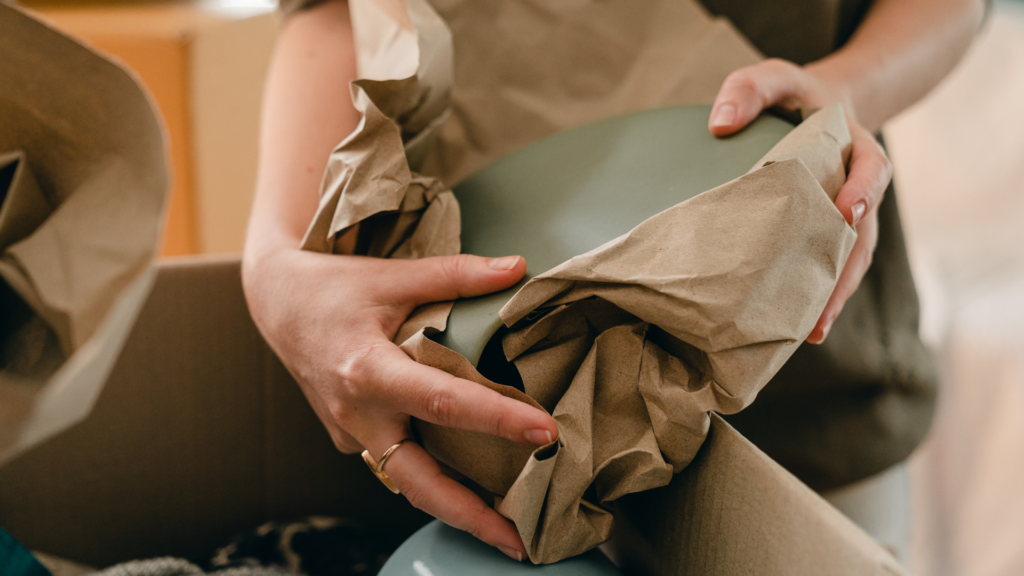Regardless if you’re an experienced mover or attempting your first big relocation, packing paper remains a vital asset in your moving toolkit. It may appear to be a basic roll of paper, but it fulfills a crucial protective role during the transit of your cherished belongings. Let’s unpack the diverse applications of packing paper, emphasizing the numerous advantages of a packing paper roll, and guiding you on its optimal usage when moving home.

Defining Packing Paper
Named for its specific function, packing paper is a type of paper explicitly engineered for packing and safeguarding items during a move. Typically mistaken for ordinary paper, packing paper possesses unique qualities that make it an exceptional moving aid. It’s denser, sturdier, and more flexible, making it ideal for wrapping, cushioning, and shielding your household items from potential damage.
The Superiority of a Packing Paper Roll
A packing paper roll is an exceptional asset for home moving. Unlike pre-cut sheets, a roll offers continuous packing paper, paving the way for more flexibility and less waste. With a roll, you can adjust the size of the paper used according to the item you’re packing.
Need to wrap a delicate porcelain figurine? Tear off a small piece. Have an expansive canvas painting to protect? Unroll enough paper to shield it completely. A packing paper roll is also efficient in terms of storage, conveniently rolling away when not in use, saving precious space.
The Multipurpose Role of Packing Paper
Packing paper is impressively versatile. It can function as a protective envelope for fragile items, offering a buffer against shocks and impacts. It can also fill empty spaces in boxes, deterring items from moving around during transit. This adaptability also covers larger items. For instance, rolled-up sheets of packing paper can double as padding for furniture edges, providing protection against potential scratches and dents.

How to Pack Fragile Items with Packing Paper
Let’s dive deeper into a step-by-step guide on how to pack fragile items with packing paper:
- Prepare Your Workstation: Start by laying out a large sheet of packing paper flat on your workstation. Ensure that you have enough room to maneuver.
- Place Your Item: Position your item in the center of the sheet, ready for wrapping.
- Wrap Your Item: Gently fold the corners of the paper in, enveloping the item securely. If the object is particularly fragile or has protruding parts, consider padding these areas with additional paper.
- Secure Your Wrapping: For extra protection, consider adding another layer of packing paper. Once you are satisfied with the coverage, secure the wrapping with tape to prevent it from unravelling during transit.
- Internal and External Protection: To shield delicate items like glassware or porcelain, consider stuffing the inside with crumpled packing paper before wrapping the outside. This offers both internal support and external cushioning, reducing the risk of damage.
The Benefits of Packing Paper
Packing paper brings with it numerous benefits. For starters, it’s an environmentally conscious choice. Being recyclable and biodegradable, it appeals to those aiming to minimize their carbon footprint during the move. In comparison to other packing materials, packing paper is typically cheaper, making it a cost-effective solution for those relocating.
Additionally, packing paper doesn’t leave residue, unlike packing tape or bubble wrap, which can often leave marks or stickiness on items. This ensures your items remain pristine and free from unnecessary cleaning upon arrival at your new home.
The Art of Filling Gaps with Packing Paper
When packing items in boxes, it’s important to prevent movement that could lead to breakage. That’s where packing paper comes into play. By crumpling pieces of packing paper, you can create effective cushioning and gap fillers. Start by placing a layer at the bottom of the box before adding your items. Once the items are in the box, fill the remaining gaps with more crumpled paper, ensuring the contents are snug and immobile.
Packing Paper for Non-Fragile Items
While packing paper is excellent for protecting fragile items, it also comes in handy when packing non-fragile items like books, toys, or kitchen utensils. Wrapping these items can help prevent scratches and also keep them clean and dust-free during the move.

Conclusion
Moving homes can often be an overwhelming endeavor, but with the correct supplies and knowledge, it can be significantly more manageable. Investing in a packing paper roll is a wise, cost-effective, and eco-friendly decision that can alleviate some of the common stressors associated with moving. By understanding the numerous benefits and various applications of packing paper, you can ensure that your valuable belongings are well-protected, poised for a smooth journey to their new home.

